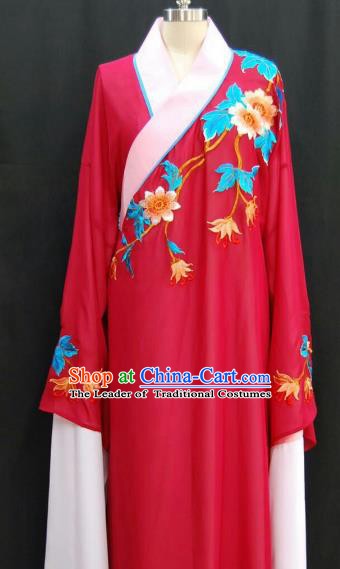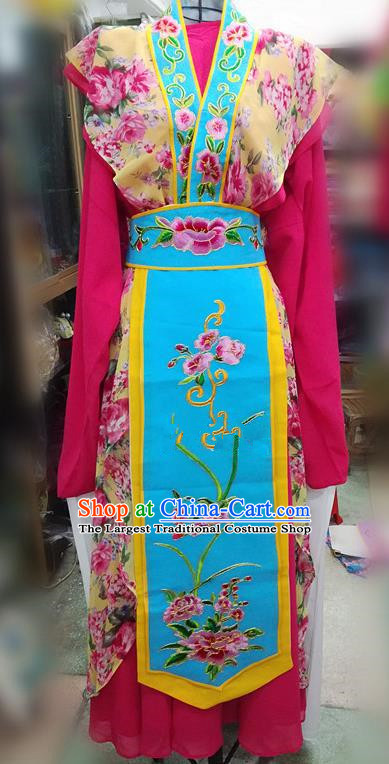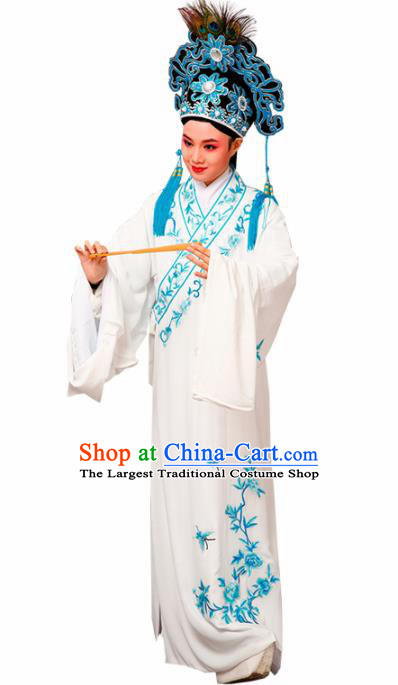
Click Related Pictures for More Audios:
The traditional Chinese Beijing Opera water sleeve white robe is the formal attire for young male roles in Beijing Opera.
It is known for its exquisite design and rich historical significance.
Firstly, the white robe is made of high-quality silk fabric and is crafted through intricate embroidery techniques.
Its design is simple and elegant, with white symbolizing purity and nobility, while red represents passion and vitality.
The water sleeves are an important part of the white robe, made of thin gauze that can be unfolded or folded according to the actor's movements.
This unique design allows actors to be more flexible and agile during performances, while also enhancing the dramatic effect.
Secondly, the history of this white robe can be traced back to the Qing Dynasty.
At that time, Beijing Opera was considered an elegant art form, enjoyed and participated in only by royal members and nobles.
Therefore, the white robe became the standard attire for young male roles in Beijing Opera.
It not only represented the social status and cultural values of that era but also became one of the important symbols of traditional Chinese culture.
Lastly, this white robe has profound significance in Chinese culture.
It represents the aesthetic concepts, moral standards, and social order of traditional Chinese culture.
By wearing this white robe, actors convey a solemn, elegant, and confident image to the audience while also demonstrating their love and pursuit of art.
In conclusion, the traditional Chinese Beijing Opera water sleeve white robe is an artwork with rich historical significance and cultural connotations.
It is not only a beautiful garment but also a symbol of cultural heritage and development.














































































































